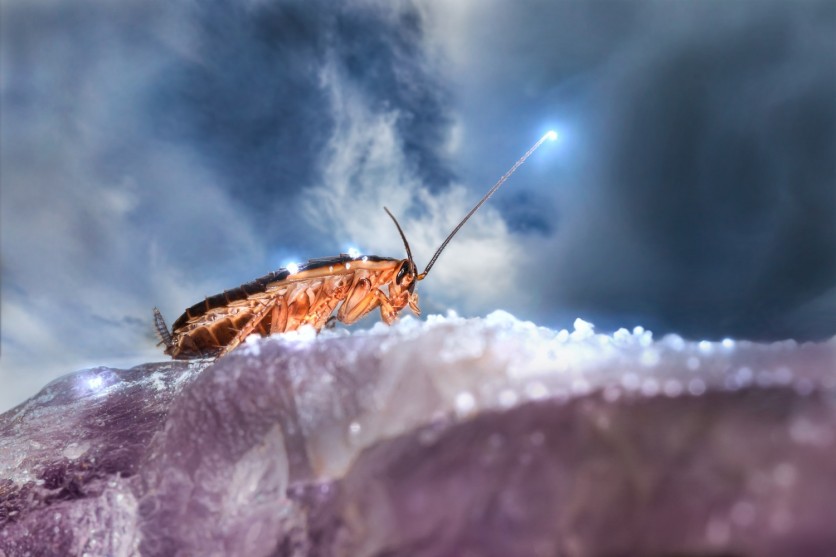A new study in Singapore has created controllable cyborg cockroaches by having the living insects wear mini computer backpacks.
The study aims to prove how living insects can remedy conventional multi-robot systems' complex terrain traversal problems.
The study, which was reportedly done by scientists at Singapore's Nanyang Technological University, shows that they can control and guide living insects in a desert environment.
The study deployed a small army of remotely controlled cockroaches of twenty Madagascar hissing roaches. Using simultaneous control, scientists caused the swarm to ascend a sandy slope.

(Photo: Image from Erik Karits on Unsplash) Robot Laser Programmed to Zap Cockroaches Over a Meter Away: The Ultimate Pest Control
An algorithm within the computers that guided the swarm of cyborg cockroaches from the beginning to a predefined destination on an unknown sandy terrain with barriers and hills is reportedly what allowed the study to control the swarm of cockroaches.
The multi-cyborg system that has to be controlled consists of a leader and multiple followers, each of which can move ahead and perform simple directional steering. Each agent can identify nearby objects within a certain sensing range and differentiate between followers and leaders. The goal's position is exclusively assigned to the leader.
Researchers use electrodes to send commands to the cockroaches' sensory organs. The animals can then be instructed to go left or right. However, it is still claimed that cockroaches can ignore orders and make their own decisions when navigating obstacles.
Read Also: Boston Dynamics 'Atlas' Robot is Retiring, Bot Bids Farewell
Multi-Cyborg Systems vs. Multi-Robot Systems
The study states that living insects were used because traditional multi-robot systems have intrinsic limits in collision avoidance, environment adaption, and sustained energy efficiency; navigating multi-robot systems in complicated terrains is a difficult challenge.
According to the study, cockroaches fused with miniaturized electrical control may be made to have robotic-like programmable control and the ability to naturally avoid accidents with objects and other living things while adapting to challenging terrains.
Advancements in Robotic Terrain Traversal
While the study posits that multi-robot systems have trouble traversing complex terrains, singular robots only improve in traversing difficult terrain.
China-based LimX Dynamics, a pioneer in robotics, unveiled in March a captivating film showcasing the mobility capabilities of its most recent invention, the P1 biped robot.
In the thriving metropolis of Shenzhen, P1 is observed negotiating difficult terrain, including Tanglang Mountain's tough topography.
Surprisingly, the robot demonstrates its extraordinary flexibility by quickly responding to mock assaults carried out by a human operator. P1 uses reinforcement learning to react to various environmental stimuli, such as moving objects and roadblocks.
The posted video description highlights P1's remarkable accomplishment of navigating across unknown wilderness areas, emphasizing its exceptional control and stability after reinforcement learning, especially in the face of complex and varied terrain.
The business has revealed plans to incorporate this state-of-the-art technology into the CL-1, its humanoid robot. This was put through thorough testing in late December, and the results showed that it could function indoors and outdoors, including dynamically navigating stairs.
Related Article: Tech Firm Looks to Use AI-Powered Robots for Road Repairs

(Photo: Tech Times)
ⓒ 2025 TECHTIMES.com All rights reserved. Do not reproduce without permission.




